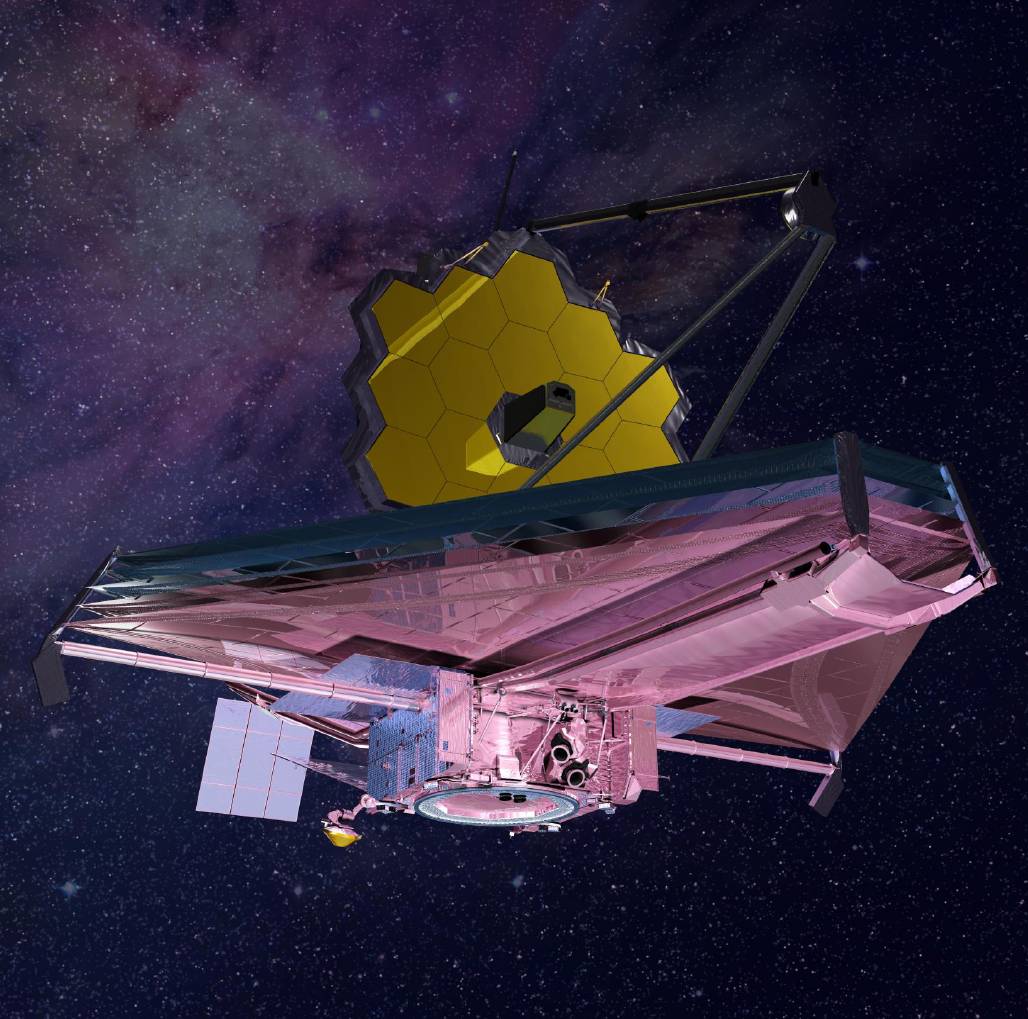San Francisco, NFAPost: NASA’s James Webb Space Telescope has captured the distinct signature of water, along with evidence for clouds and haze, in the atmosphere surrounding a giant planet orbiting a distant Sun-like star.
The observation reveals the presence of specific gas molecules based on tiny decreases in the brightness of precise colors of light, and is the most detailed of its kind to date.
WASP-96 b is one of more than 5,000 confirmed exoplanets in the Milky Way. With a mass less than half that of Jupiter and a diameter 1.2 times greater, WASP-96 b is much puffier than any planet orbiting our Sun. It is significantly hotter with a temperature greater than 538 degrees Celsius.
Recently, Webb’s Near-Infrared Imager and Slitless Spectrograph (NIRISS) measured light from the WASP-96 system for 6.4 hours as the planet moved across the star, resulting in a light curve showing the overall dimming of starlight during the transit, and a transmission spectrum revealing the brightness change of individual wavelengths of infrared light between 0.6 and 2.8 microns.
NASA said that the spectrum of WASP-96 b also covers a remarkably wide range of wavelengths, including visible red light and a portion of the spectrum that has not previously been accessible from other telescopes.
Researchers will be able to use the spectrum to measure the amount of water vapour in the atmosphere, constrain the abundance of various elements like carbon and oxygen, and estimate the temperature of the atmosphere with depth.





